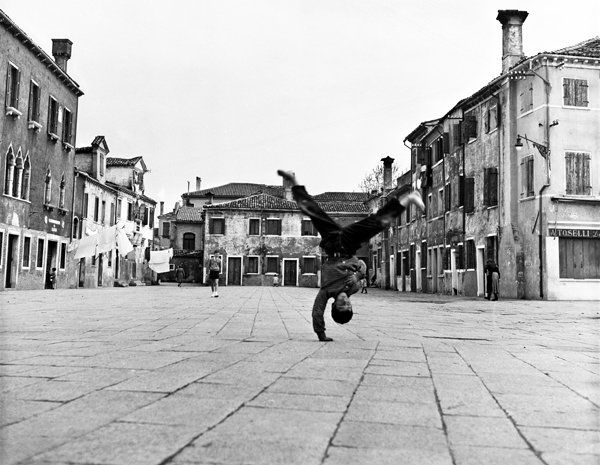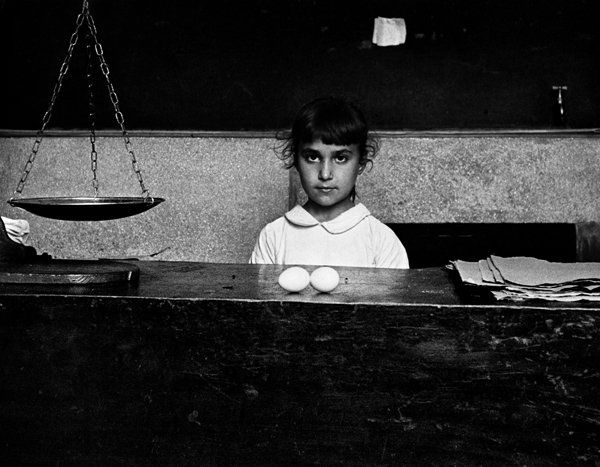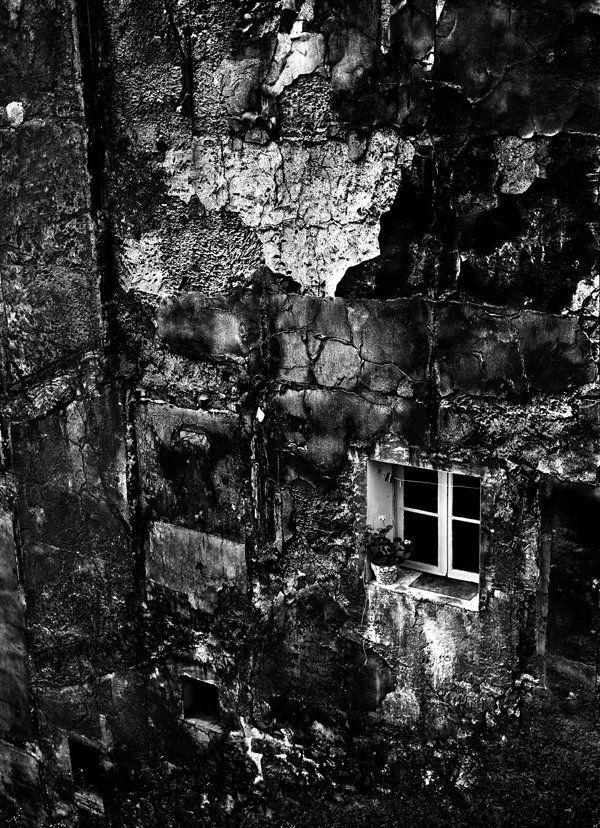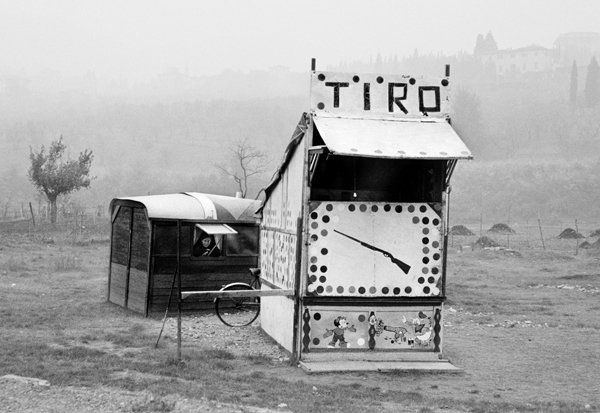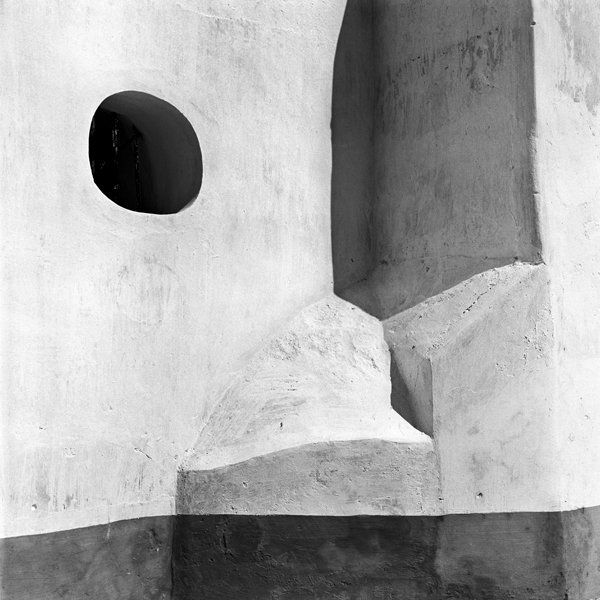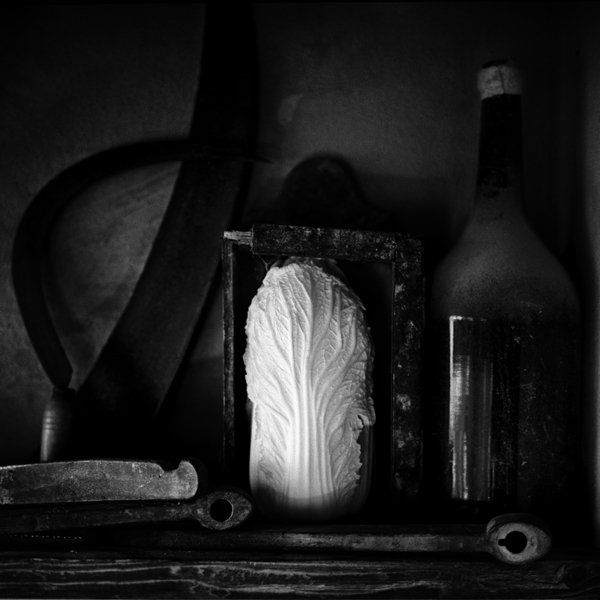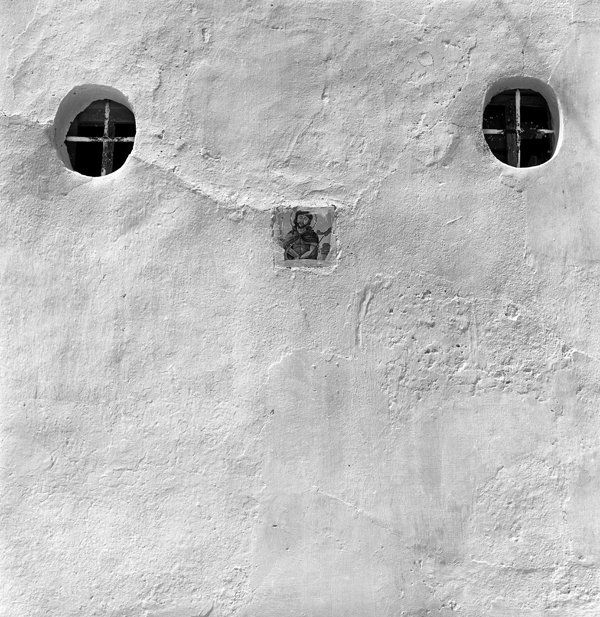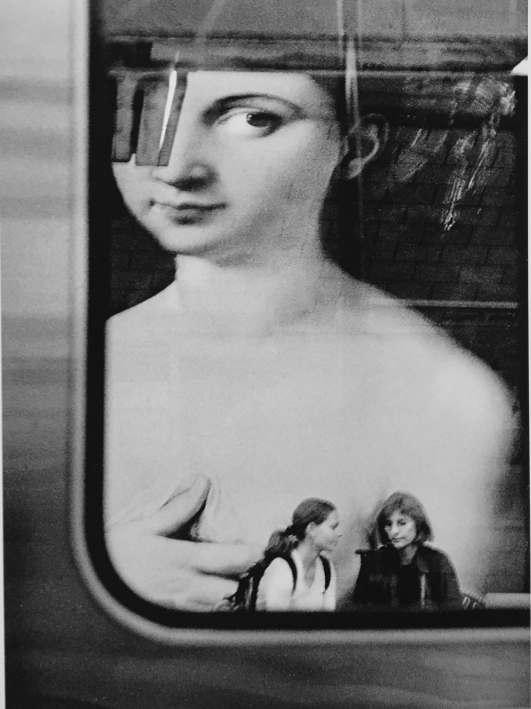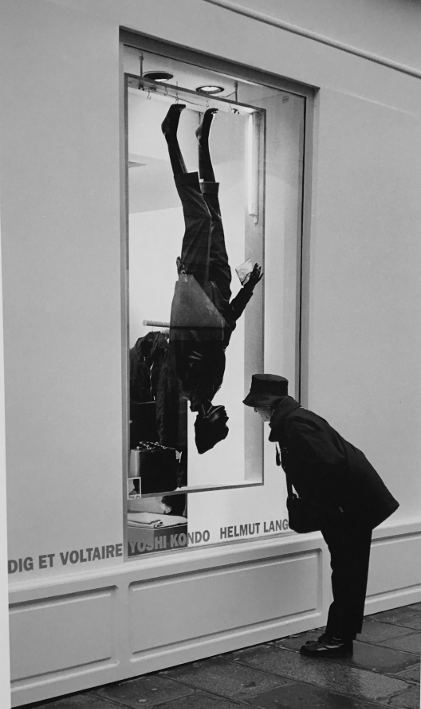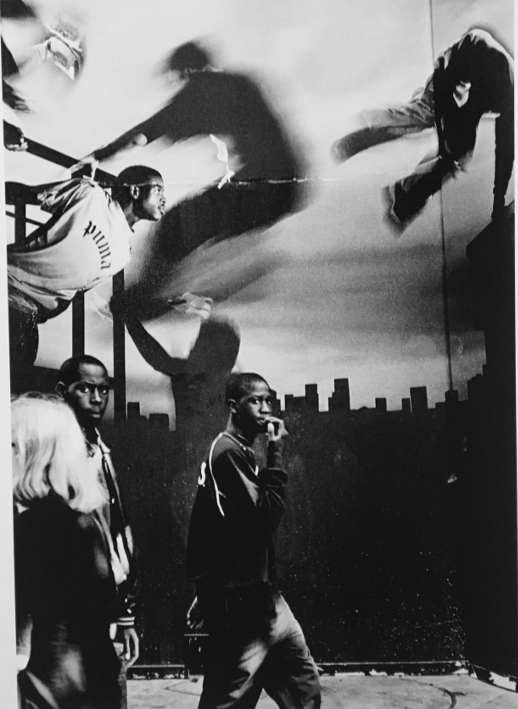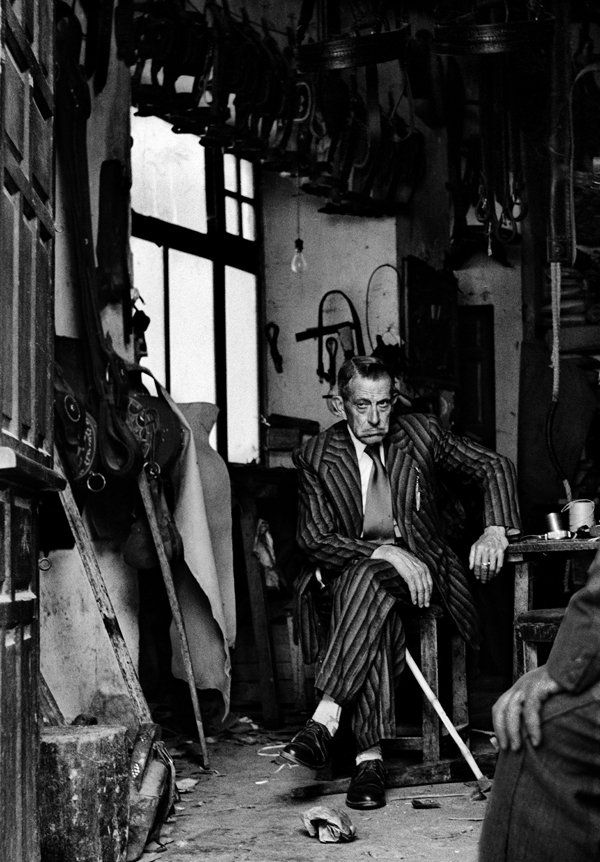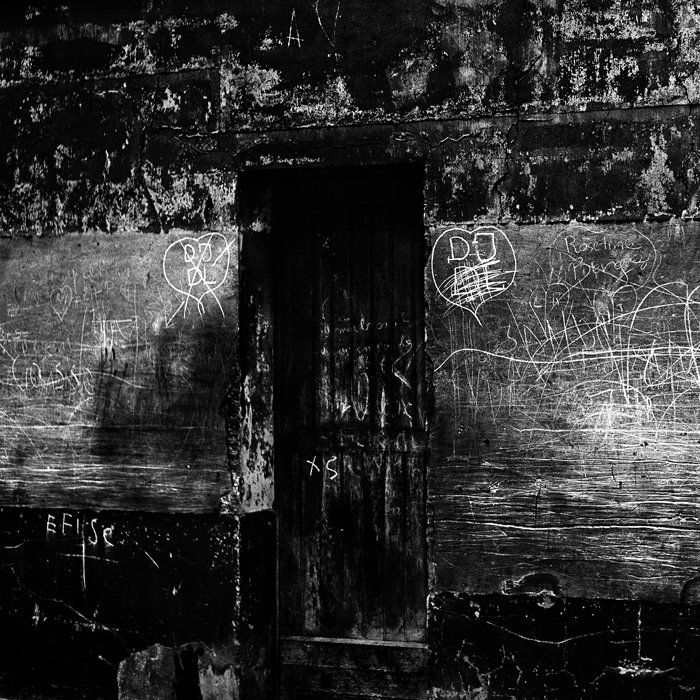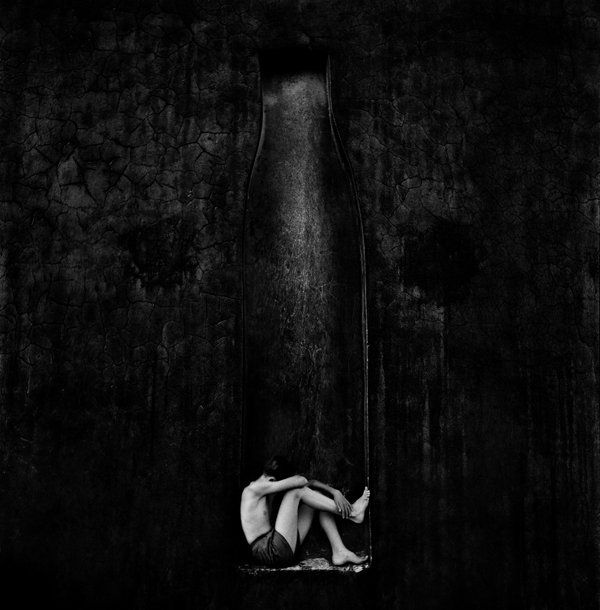PIERGIORGIO BRANZI
Piergiorgio Branzi (1928-2022) approaches photography in 1953, after having visited an exhibition by Henri Cartier-Bresson. Trained in the Tuscan Renaissance figurative tradition, endowed with a natural elegance, he soon became a master of the `` set portrait ''. Monsignors, children, bourgeois, villagers, taken by surprise, with subtle sarcasm, in balance between a subdued lyricism and a vivid psychological characterization. Among the first to grasp the modernity of the great foreign models and to experiment with the use of deep black, unknown in Italy in the 1950s, Branzi becomes, with Paolo Monti and Mario Giacomelli, a brilliant innovator of the linguistic codes of photography. The "Biblioteque National de France" of Paris established in 2007 a "Permanent Fund" of his works. His images have also been acquired by the "MOMA" of San Francisco, "Guggenheim Museum" of New York, "Fine Art Museum" of Huston, "Istituto Superiore Storia della Fotografia", "Archivio Fratelli Alinari", as well as other public institutions galleries, in Italy and abroad.


